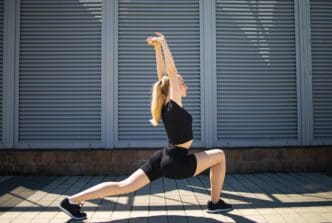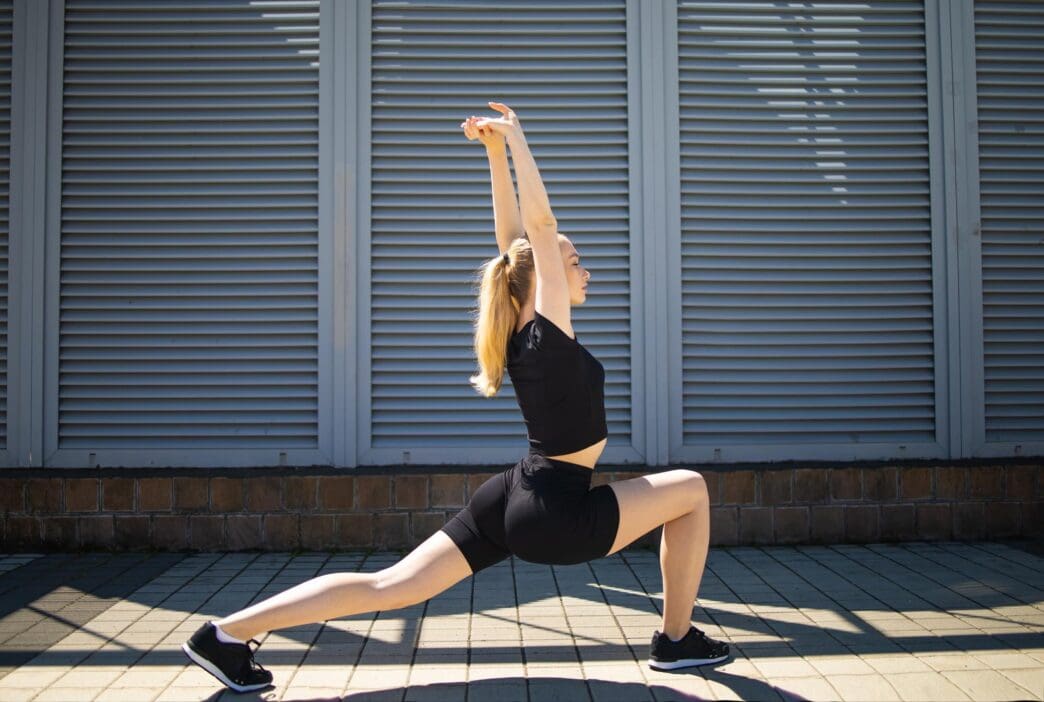A Quick Takeaway
The Story Behind the Trend
How to Make It Work for You
The Community View
A mere five minutes dedicated to preparation can fundamentally transform your entire workout, making it safer, more effective, and ultimately more rewarding for anyone looking to optimize their fitness routine. This essential pre-exercise ritual, known as a warm-up, involves a series of light cardiovascular movements and dynamic stretches designed to gradually elevate your heart rate, increase blood flow to your muscles, and enhance joint mobility, thereby priming your body for the physical demands ahead and significantly reducing the risk of injury while boosting performance.
Why a Warm-Up is Non-Negotiable
Ignoring the warm-up phase is a common mistake that can lead to suboptimal performance and an increased likelihood of injury. When your muscles are cold and stiff, they are more prone to strains and tears. A proper warm-up gently coaxes your body into readiness, improving muscle elasticity and nerve signal transmission.
Beyond injury prevention, warming up enhances your workout performance. It allows your cardiovascular system to gradually adjust to increased activity, meaning you won’t feel as winded during the initial stages of your main workout. Improved blood flow also ensures that your muscles receive a steady supply of oxygen and nutrients, enabling them to work more efficiently.
The Anatomy of an Effective 5-Minute Warm-Up
An optimal 5-minute warm-up focuses on dynamic movements rather than static stretching. Dynamic movements involve moving your body through a range of motion, actively preparing your muscles and joints. Static stretches, where you hold a stretch for an extended period, are generally better reserved for the post-workout cool-down phase.
The goal is to engage major muscle groups, elevate your core body temperature, and improve joint lubrication. This phased approach ensures that your entire body is ready to perform, whether you’re lifting weights, running, or practicing yoga.
Your Ultimate 5-Minute Warm-Up Routine
This sequence is designed to be adaptable for most workout types, providing a comprehensive preparation in minimal time. Perform each exercise for approximately 45-60 seconds, or 10-15 repetitions per side where applicable, moving smoothly from one to the next.
Minute 1: Light Cardio Activation
Begin with a low-impact cardio movement to gently raise your heart rate and increase blood flow. This kickstarts your cardiovascular system and signals to your body that activity is imminent.
- Marching in Place or Light Jog: Lift your knees high, swinging your arms naturally. Alternatively, a very light jog can also work if space permits.
- Jumping Jacks (modified if needed): Perform full jumping jacks or step one leg out at a time, bringing your arms overhead.
Focus on controlled breathing and a steady rhythm. The aim is not to exert yourself but to get the blood flowing and muscles primed.
Minute 2: Lower Body Dynamic Mobility
These movements target the hips, hamstrings, and quads, improving range of motion and preparing these large muscle groups for action.
- Leg Swings (Front-to-Back): Stand tall, holding onto a wall or chair for balance. Swing one leg forward and backward in a controlled motion, gradually increasing the height. Perform 10-15 swings per leg.
- Leg Swings (Side-to-Side): Facing forward, swing one leg across your body and then out to the side. Keep your core engaged and hips stable. Perform 10-15 swings per leg.
The key here is fluidity, not force. Let gravity assist the swing, focusing on a smooth, controlled movement.
Minute 3: Upper Body & Core Dynamic Mobility
This minute focuses on mobilizing the shoulders, back, and core, crucial for nearly all forms of exercise.
- Arm Circles: Stand with feet shoulder-width apart. Extend your arms to the sides and make small circles, gradually increasing the size. Perform 10-15 forward circles, then 10-15 backward circles.
- Torso Twists: Stand with feet shoulder-width apart, hands on your hips or chest. Gently twist your torso from side to side, keeping your hips relatively stable.
- Cat-Cow Stretch: On your hands and knees, arch your back as you inhale (cow pose) and round your spine as you exhale (cat pose). This mobilizes the spine and engages the core.
These movements enhance shoulder girdle stability and spinal flexibility, which are vital for compound movements like squats, presses, and rows.
Minute 4: Full Body Integration
Combine several muscle groups with compound dynamic movements, mimicking patterns often found in workouts.
- Bodyweight Squats: Perform shallow to medium-depth squats, focusing on proper form. Aim for 10-15 repetitions.
- Walking Lunges: Step forward into a lunge, keeping your torso upright. Alternate legs, performing 5-8 lunges per leg.
These exercises activate the glutes, quads, and hamstrings while also engaging the core for stability, preparing your body for heavier loads or more intense movements.
Minute 5: Targeted Activation & Specific Prep
The final minute should focus on activating key stabilizing muscles or movements specific to your upcoming workout.
- Plank: Hold a plank for 20-30 seconds to engage your entire core.
- Glute Bridges: Lie on your back, knees bent, feet flat. Lift your hips off the floor, squeezing your glutes. Perform 10-15 repetitions.
- Light Band Pull-Aparts (if available): Hold a resistance band with both hands, arms extended, and pull the band apart, squeezing your shoulder blades.
This final minute ensures that the primary movers and stabilizers for your main workout are fully awake and ready to fire effectively.
Key Takeaways for Optimal Warm-Ups
Incorporating this quick, dynamic warm-up into every workout routine is a powerful strategy for enhancing performance and protecting your body. Remember to listen to your body, adjusting the intensity and range of motion as needed, and always prioritize controlled movements over speed. A consistent warm-up ritual is not just an add-on; it is an integral component of a smart, sustainable fitness journey that prepares you for success and longevity in your physical pursuits.







